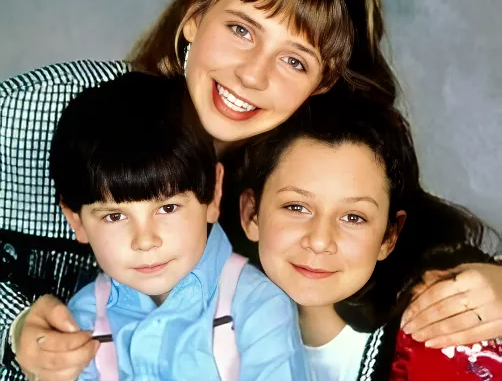
In the realm of American television, few shows have captured the essence of working-class family life as effectively as “Roseanne.” From its debut in 1988 to its revival and spin-off, “The Conners,” the series has been a staple in the landscape of sitcoms. Yet, despite sharing a common lineage and some familiar faces, the two shows diverge in significant ways, reflecting changes in both the television industry and society at large.
Origins and Concept:
“Roseanne” emerged during the late 1980s, a time when television was dominated by idealized portrayals of family life. Created by Matt Williams, the show broke new ground by depicting a blue-collar family in the fictional town of Lanford, Illinois. Led by matriarch Roseanne Conner, portrayed by Roseanne Barr, the series tackled real-life issues with humor and authenticity.
In contrast, “The Conners” was born out of the cancellation of the “Roseanne” revival in 2018 following controversial remarks made by Barr. The spin-off retains much of the original cast, focusing on the Conner family’s struggles in the aftermath of Roseanne’s absence.
Shift in Focus:
One of the most notable differences between the two shows lies in their narrative focus. While “Roseanne” centered on the character of Roseanne Conner and her interactions with family and friends, “The Conners” widens its scope to explore the lives of the entire Conner clan. This shift allows for deeper exploration of secondary characters and their individual story arcs.
Character Development:
The absence of Roseanne Conner inevitably reshaped the dynamics within the Conner household. Without its outspoken and often polarizing matriarch, “The Conners” delves into how each family member copes with her absence and navigates their own personal challenges. Characters like Dan Conner, Jackie Harris, and Darlene Conner undergo significant development as they confront new obstacles and opportunities.
Tone and Themes:
While both shows tackle issues relevant to working-class families, their tonal differences are apparent. “Roseanne” blended humor with poignant moments, often using sarcasm and wit to address social and political issues. In contrast, “The Conners” leans towards a more somber tone, reflecting the absence of its titular character and grappling with themes of loss, grief, and resilience.
Cultural and Social Commentary:
Throughout its run, “Roseanne” was praised for its unflinching portrayal of American life, addressing topics such as economic hardship, healthcare, and LGBTQ+ rights. “The Conners” continues this tradition by exploring contemporary issues such as opioid addiction, financial instability, and the changing dynamics of family and relationships in the 21st century.
Conclusion:
In essence, “Roseanne” and “The Conners” represent different chapters in the ongoing saga of the Conner family. While the former revolutionized television with its groundbreaking portrayal of working-class life, the latter continues to resonate with audiences by navigating the complexities of modern-day challenges. Despite the differences between the two shows, both remain integral parts of the cultural zeitgeist, offering insight into the ever-evolving landscape of American sitcoms.
